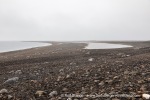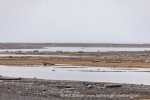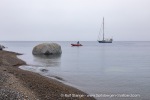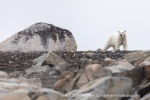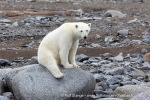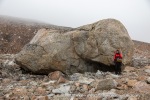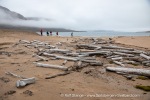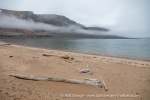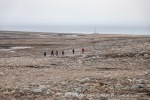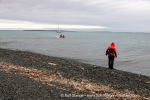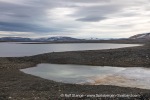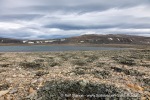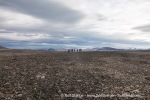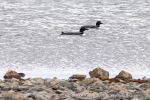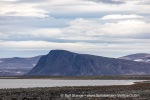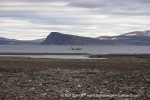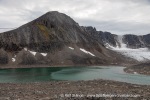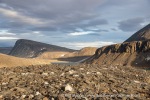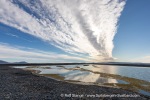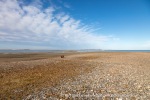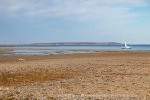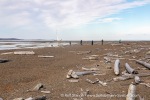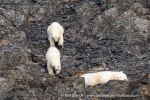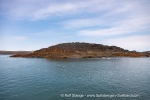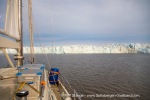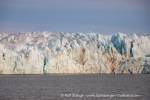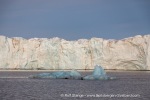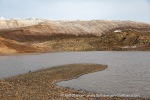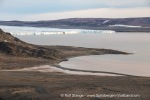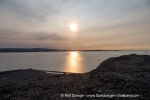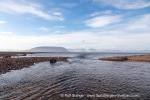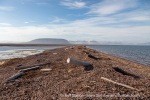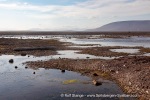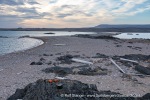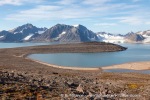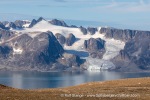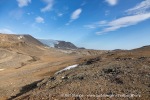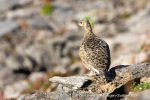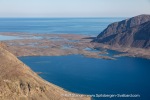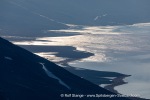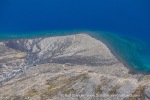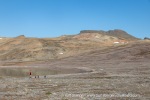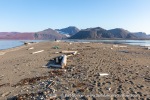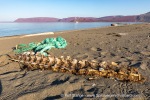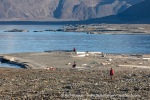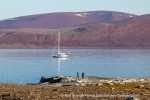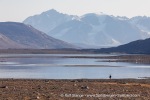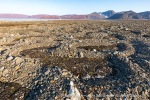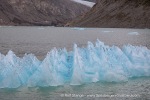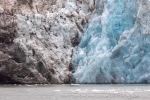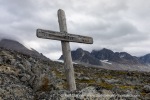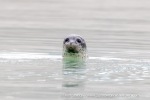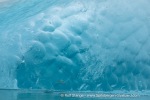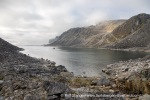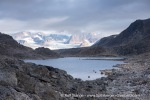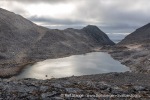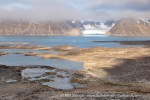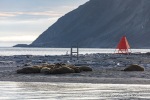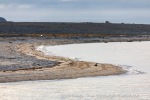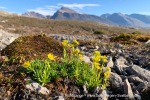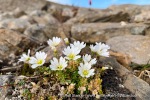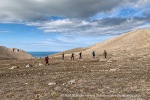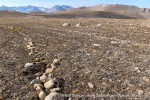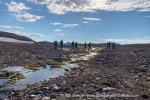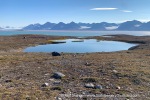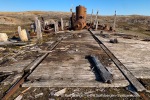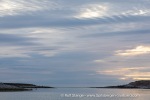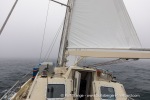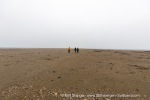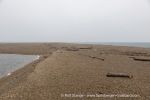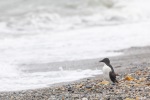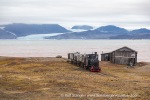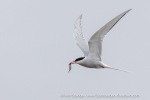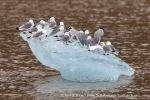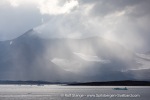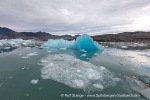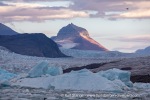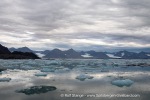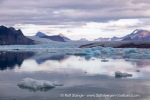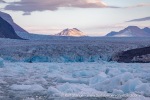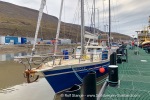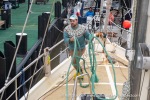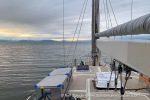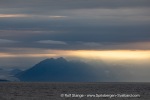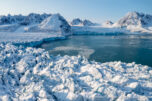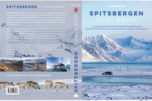-
current
recommendations- Liefdefjord
New page dedicated to one of Spitsbergen's most beautiful fjords. Background information and many photos.
- New Spitsbergen guidebook
The new edition of my Spitsbergen guidebook is out and available now!
- Liefdefjord
New page dedicated to one of Spitsbergen's most beautiful fjords. Background information and many photos.
Page Structure
-
Spitsbergen-News
- Select Month
- June 2025
- May 2025
- April 2025
- March 2025
- February 2025
- January 2025
- December 2024
- November 2024
- October 2024
- September 2024
- August 2024
- July 2024
- June 2024
- May 2024
- April 2024
- March 2024
- February 2024
- January 2024
- December 2023
- November 2023
- October 2023
- September 2023
- August 2023
- July 2023
- June 2023
- May 2023
- April 2023
- March 2023
- February 2023
- January 2023
- December 2022
- November 2022
- October 2022
- September 2022
- August 2022
- July 2022
- June 2022
- May 2022
- April 2022
- March 2022
- February 2022
- January 2022
- December 2021
- November 2021
- October 2021
- September 2021
- August 2021
- July 2021
- June 2021
- May 2021
- April 2021
- March 2021
- February 2021
- January 2021
- December 2020
- November 2020
- October 2020
- September 2020
- August 2020
- July 2020
- June 2020
- May 2020
- April 2020
- March 2020
- February 2020
- January 2020
- December 2019
- November 2019
- October 2019
- September 2019
- August 2019
- July 2019
- June 2019
- May 2019
- April 2019
- March 2019
- February 2019
- January 2019
- December 2018
- November 2018
- October 2018
- September 2018
- August 2018
- July 2018
- June 2018
- May 2018
- April 2018
- March 2018
- February 2018
- January 2018
- December 2017
- November 2017
- October 2017
- September 2017
- August 2017
- July 2017
- June 2017
- May 2017
- April 2017
- March 2017
- February 2017
- January 2017
- December 2016
- November 2016
- October 2016
- September 2016
- August 2016
- July 2016
- June 2016
- May 2016
- April 2016
- March 2016
- February 2016
- January 2016
- December 2015
- November 2015
- October 2015
- September 2015
- August 2015
- July 2015
- June 2015
- May 2015
- April 2015
- March 2015
- February 2015
- January 2015
- December 2014
- November 2014
- October 2014
- September 2014
- August 2014
- July 2014
- June 2014
- May 2014
- April 2014
- March 2014
- February 2014
- January 2014
- December 2013
- November 2013
- October 2013
- September 2013
- August 2013
- July 2013
- June 2013
- May 2013
- April 2013
- March 2013
- February 2013
- January 2013
- December 2012
- November 2012
- October 2012
- September 2012
- August 2012
- July 2012
- June 2012
- May 2012
- April 2012
- March 2012
- February 2012
- January 2012
- December 2011
- November 2011
- October 2011
- September 2011
- August 2011
- May 2011
- April 2011
- March 2011
- February 2011
- January 2011
- December 2010
- November 2010
- September 2010
- August 2010
- July 2010
- June 2010
- May 2010
- April 2010
- March 2010
- February 2010
- November 2009
- October 2009
- August 2009
- July 2009
- June 2009
- May 2009
- April 2009
- March 2009
- February 2009
- January 2009
- December 2008
- November 2008
- October 2008
- August 2008
- July 2008
- June 2008
- May 2008
- April 2008
- March 2008
- February 2008
- April 2000
- Select Month
-
weather information
-
Newsletter

| Guidebook: Spitsbergen-Svalbard |
Home
→
Yearly Archives: 2024 − News & Stories
Scoresbyøya, Parryøya
Sun
18 Aug
2024
We didn’t expect much today. The weather forecast was pretty boring (fog) and so was real life (fog).
But as so often up here, things just happened. On Scoresbyøya on the north side of Nordaustland, the fog had lifted enough to go for a walk. We had to cut it a bit short, though, but the result didn’t disappoint at all … just see the photos in the gallery below.
Later, we were again lucky and could go for an evening walk on Parryøya, one of Sjuøyane, Svalbard’s northernmost islands.
Photo gallery: Scoresbyøya, Parryøya – 16th August 2024
- gallery anchor link: #gallery_3211
Click on thumbnail to open an enlarged version of the specific photo.
The Arctic Row 2024: from Tromsø to Longyearbyen in a rowing boat
In a rowing boat from Tromsø to Longyearbyen – possibly not everybodies dream and without any doubt something that many would consider crazy or even impossible. That was obviously not shared by Andy Savill, Toby Gregory and Orlaith Dempsey, who started “The Arctic Row 2024” in Tromsø and arrived in Longyearbyen on Friday (16th August) after 16 strenuous days across the Barents Sea.
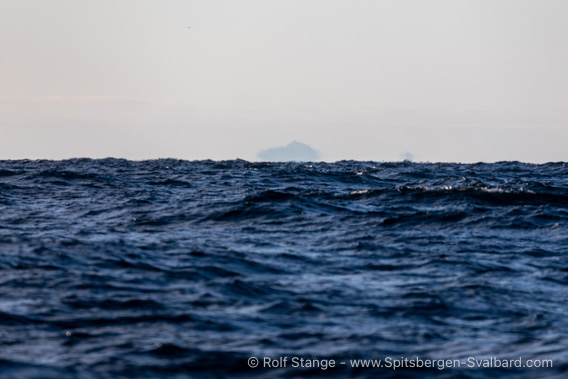
Across the Barents Sea (with Bjørnøya in the background) in a rowing boat.
The boat is specially designed, but nevertheless the crew experienced some technical difficulties. Near Bjørnøya, the auto steering system failed and the crew had to steer manually with ropes, something that disturbed the watch system and cost a lot of sleep. The three were accordingly quite exhausted when they arrived in Longyearbyen on Friday afternoon; they told Svalbardposten that good sleep in a real bed, a shower and food where the highest priorities on their personal wishlist.
During the crossing, the team collected observations and data including underwater sound recordings for education and science and to rise environmental awareness.
Franklindalen, Beverlydalen
Fri
16 Aug
2024
Another golden day on the north side of Nordaustland. “Golden” not in the sense of clear sky and brilliant sunshine, but in the sense of a good day filled with unforgettable stuff in this beautiful, pristine high arctic area. Such as a hike from Lady Franklinfjord through Franklindalen to Brennevinsfjord. And another hike, slightly shorter as measured in kilometres but at least as strenuous, in Beverlydalen. Wonderful!
Photo galleri: Franklindalen, Beverlydalen – 14th August 2024
- gallery anchor link: #gallery_3205
Click on thumbnail to open an enlarged version of the specific photo.
Lady Franklinfjord
Thu
15 Aug
2024
First thing today was crossing northern Hinlopen Strait towards Nordaustand. We had chosen the best weather window available, but nevertheless it was a bit bumpy at times.
After the nautically always challenging passage of Franklinsund, we had Lady Franklinfjord ahead of us – in sunshine! For a start, we just jumped at the opportunity of a walk on Tomboloøya. Lovely! This time we were not expelled by a polar after a few minutes, as in 2017. Nice.
Talk about polar bears. Not far from Nordre Franklinbreen. An unforgettable sighting of a whole polar bear family!
A little evening walk near Franklinbreen in sunset light (without sunset, though) rounded the day off.
Photo gallery: Lady Franklinfjord – Tomboloøya, Nordre Franklinbreen – 13th August 2024
- gallery anchor link: #gallery_3202
Click on thumbnail to open an enlarged version of the specific photo.
Tovikbukta & Mosselbukta
Thu
15 Aug
2024
On the way to the east we made a stop in Tovikbukta on the north side of Reinsdyrflya. Yet another place where you usually don’t get to too often. Good stuff!
Mosselbukta was the right place to spend another night before we would cross Hinlopen Strait. Of course we didn’t miss the opportunity to have a look at the remains of Nordenskiöld’s old expedition base Polhem.
Photo gallery: Tovikbukta & Mosselbukta – 12th August 2024
- gallery anchor link: #gallery_3199
Click on thumbnail to open an enlarged version of the specific photo.
Solanderfjellet & Store Russebustraumen
Tue
13 Aug
2024
The warmest August day Spitsbergen has ever seen – at least in Longyearbyen since they started recording meteorological data in 1964. And possibly also the warmest August day ever in Raudfjord. It certainly felt very warm.
Well, we enjoyed the summer weather during a lovely hike up Solanderfjellet.
And later we relaxed on the beach at the lagoon landscape of Morenelagune at Store Russebustraumen. Beautiful!
Photo gallery: Solanderfjellet & Store Russebustraumen – 11th August 2024
- gallery anchor link: #gallery_3196
Click on thumbnail to open an enlarged version of the specific photo.
Magdalenefjord and Danskøya
Mon
12 Aug
2024
The morning in Magdalenefjord was a bit grey but good, starting at Waggonwaybreen and continuing with a little walk at Alkekongen.
But the highlight of the day was without any doubt the hike across Danskøya, from Kobbefjord in the west across the stony inland of the island to the the east side.
Photo gallery: Magdalenefjord and Danskøya – 10th August 2024
- gallery anchor link: #gallery_3193
Click on thumbnail to open an enlarged version of the specific photo.
New temperature record for Longyearbyen
Hot news from Longyearbyen, in the truest sense of the word. The meteorological station at Longyearbyen airport recorded a stunning 20.3 degrees centigrade yesterday (Sunday, August 11) between 1400 and 1500 – warmer than any August day before on record, which goes back to 1964.
And it was without any doubt also warm in Longyearbyen, as we can confirm from our own experience.
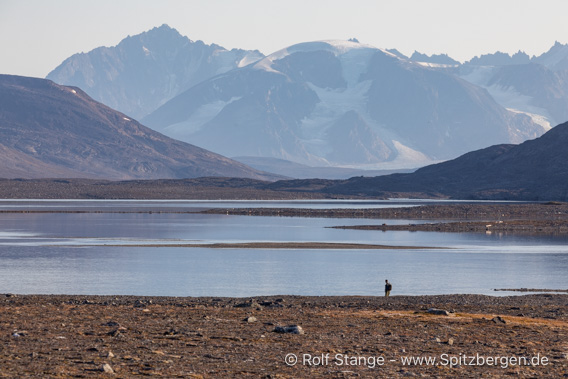
It felt like 30 degrees on Sunday on the north coast of Spitsbergen ☀️🥵 it may well have been close to 20 degrees, but we don’t have a proper thermometer here.
Blomstrandhalvøya – Hamburgbukta
Sun
11 Aug
2024
I am hanging behind with my travel blog, 3 days by now. That is generally a good sign. There is just too much going on here. We have now had three days of fantastic weather, so there are good hikes and some other lovely stuff every day.
Friday morning began in Kongsfjord. We had anchored near Blomstrandhalvøya. Considering the great weather we had, a hike across Blomstrand was an obvious choice. We went up to Irgensfjellet which has an amazing panoramic view of all the mountains and glaciers around Kongsfjord and continued to the old marble mine of Ny London / Marble Island.
A few hours later we went into Hamburgbukta, a small “hidden” bay on the northern west coast.
Ein paar Stunden später haben wir noch eine Runde in der Hamburgbukta gedreht, eine schöne, etwas versteckte Bucht an der nördlichen Westküste.
Photo gallery: Blomstrandhalvøya – Hamburgbukta – 09th August 2024
- gallery anchor link: #gallery_3190
Click on thumbnail to open an enlarged version of the specific photo.
Forlandsund & Kongsfjord
Thu
8 Aug
2024
That Wednesday in Forlandsund was probably the wettest and greyest way to start a Spitsbergen journey you can only imagine. But the mood was good, and that is the most important thing! Almost everybody on board has already done at least one – several, in most cases – trips up here.
Well, at least we got to stretch legs a little bit at Sarstangen.
Kongsfjord wasn’t much better to start with. Although, it as mostly dry and you could see some of the landscape as we went around in Ny-Ålesund.
Later the skies cleared up. We found a polar bear family in inner Kongsfjord, and as we approached the Kongsvegen glacier, the grey clouds into a wonderful sky!
Photo gallery – Forlandsund & Kongsfjord – 07th/08th August 2024
- gallery anchor link: #gallery_3187
Click on thumbnail to open an enlarged version of the specific photo.
Taking off with SY Arctica II
Wed
7 Aug
2024
This Tuesday was the day to start the long (19 days) journey on Arctica II! A long trip with a great little ship, full of opportunities others can’t even dream of. And this one is a bit special even within that context. Almost everybody on board – a small group of 12 in total, including crew – has been to and actually around Spitsbergen before, many more than once and many actually on Arctica II, which is pretty cool 😎
We did the last bits and pieces of shopping before departure – a bit more than usual to make sure we had everything on board for the long trip – and finally everything was on board and stowed away and we could take off. A couple of hours later, the anchor fell near Kapp Starostin, in the entrance of Isfjord.
Gallery – Longyearbyen & Isfjord – 06th August 2024
- gallery anchor link: #gallery_3184
Click on thumbnail to open an enlarged version of the specific photo.
June, July: warm and wet
June and July provided some new entries to a long range of record-breaking weather data in recent years. Climate change is happening and it is stronger in the Arctic than elsewhere.
The monthly temperature average for June, as officially measured at Svalbard airport Longyear, was as high as 8.3 degrees centigrade, higher than ever before on record.
July was 1.3 degrees warmer than the monthly average, which now refers to the reference period of 1991-2020, a period already significantly warmer than the previous reference period 1961-1990.
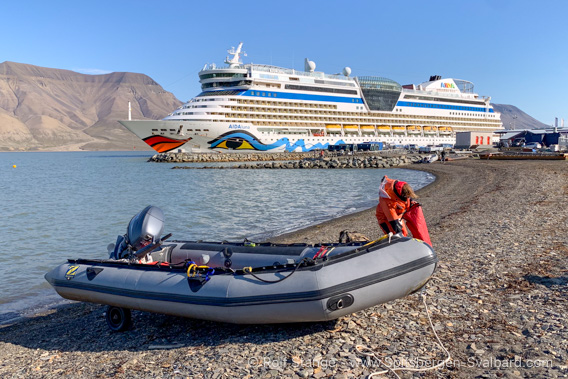
Temperature records in Spitzbergen: travellers could enjoy some warm and sunny summer days both on small boats and on big ships …
But what really caught the meteorologist’s attention in July was the precipitation rather than temperature. With a stunning 48.7 mmm, it was more than twice as much rain than usual (20 mm), as the meteorologist at Svalbard airport told Svalbardposten. And indeed there were some very wet days in July, as both locals and tourists can confirm. The small pedestrian bridge Perleporten in Longyearbyen (named after a coastal cave on Bjørnøya) was damaged by torrential runoff during strong rainfalls.
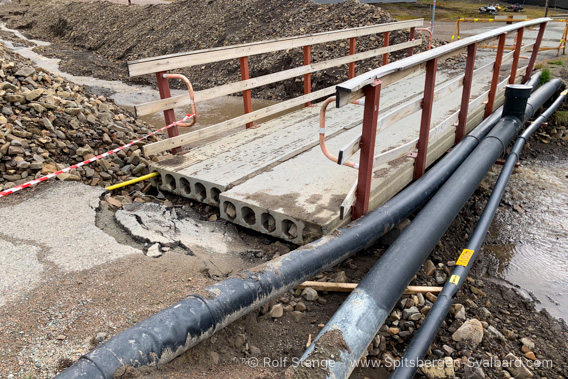
… but there was also wind, fog and rain, and not too little of it all. This is the pedestrian bridge Perleporten in Longyearbyen, which was damaged during heavy rainfalls.
No Barneo flights from Longyearbyen
The Russian north pole drift ice camp Barnea has been an annual event from 2002 for a couple of weeks each spring. Officially, it is mainly for science, but it was regularly used by north pole tourists and at least occasionally for military purposes such as in April 2016, when Chechen special forces made a brief appearance in the airport of Longyearbyen on transit to Barneo on a Russian-led training mission.
But the main use appears to be within tourism: for prices from 20,000 dollars and more, tourists could fly from Longyearbyen to Barneo and continue from there to the north pole by helicopter or ski.
The flight logistics for tourists used to go through Longyearbyen airport, but this hub has not been available for this purpose since 2018. This has led to negotiations between the organisation behind Barneo, officialy a Swiss company, and Norwegian authorities.
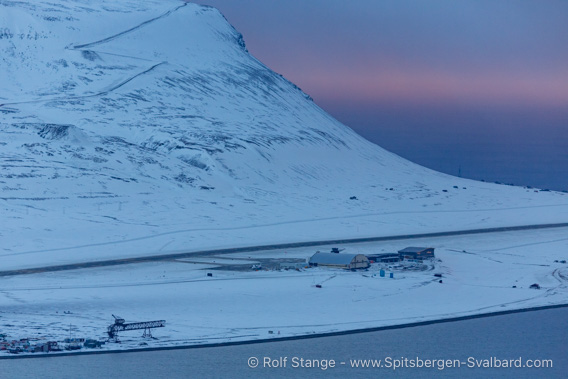
Svalbard lufthavn Longyear in April, the Barneo-season: no north pole flights from there.
Recently the Norwegian government confirmed their negative answer: the airport near Longyearbyen is at times operating near its capacity limits, and necessary standby emergency services are limited. It comes in addition that the extra burdon on the local flight handling capacities did usually not benefit the local community as Barneo tourists would usually not stay in Longyearbyen. These are amongst the main arguments for the Norwegian traffic ministry, according to Svalbardposten.
The Swiss Barneo company may still take legal steps against this decision.
Newest member state of the Spitsbergen Treaty: Turkey
The Spitsbergen Treaty was signed in 1920 and it came into force in 1925. It sealed Norwegian sovereignty over the Svalbard archipelago (the name “Svalbard” was not used in the treaty) and regulates access for citizens of treaty member states.

Fredrik Wedel Jarlsberg, the Norwegian negotiator in Paris,
signed the Spitsbergen Treaty on 09th February 1920 in Versailles.
A range of countries have joined the treaty since 1925. Until recently, Latvia and North Korea (!) had been the latest new members. Both joined the treaty in 2016.
In April 2024, however, Ankara ratified their signature under the Spitsbergen Treaty. Since then, Turkey is the latest signatory country.
This will not change much in real life: Norway does not make a difference between citizens of member states and those from other countries. There are, for example, more than 200 people from Thailand and the Phillipines living in Longyearbyen. Their respective countries of origin are not members of the Spitsbergen treaty.
Turkey appears to be interested on a different level, as the Barents Observer writes: recently in July, a delegation from Turkey visited Pyramiden, a former Russian coal mining settlement in Isfjord, to look at the potential of running a research facility there. Russia has announced plans to develop Pyramiden as an alternative to Ny-Ålesund, where a range of countries run research facilities under Norwegian leadership.
Page of the week: Sjuøyane
Sjuøyane is the page of the week. This page is dedicated to the little archipelago of ‘The Seven Islands’, which are the very northernmost islands and islets of the Svalbard archipelago.
The page has existed for years, but I have improved it significantly now with new map, images and photo gallery and the text has also got a couple of updates. When I work on the travel blog, linking places that we just visited to these pages, I like to make updates and improvements as I stumble over older pages that need some love.

Phippsøya, the larges island of Sjuøyane.
Sjuøyane have some fascinating landscape and they are a fascinating area to visit if all works out, but it can certainly be challing to get there, let alone to get ashore. If getting there is not available in real life, then a virtual trip there is just one mouse click away 😀
News-Listing live generated at 2025/June/17 at 04:51:50 Uhr (GMT+1)
